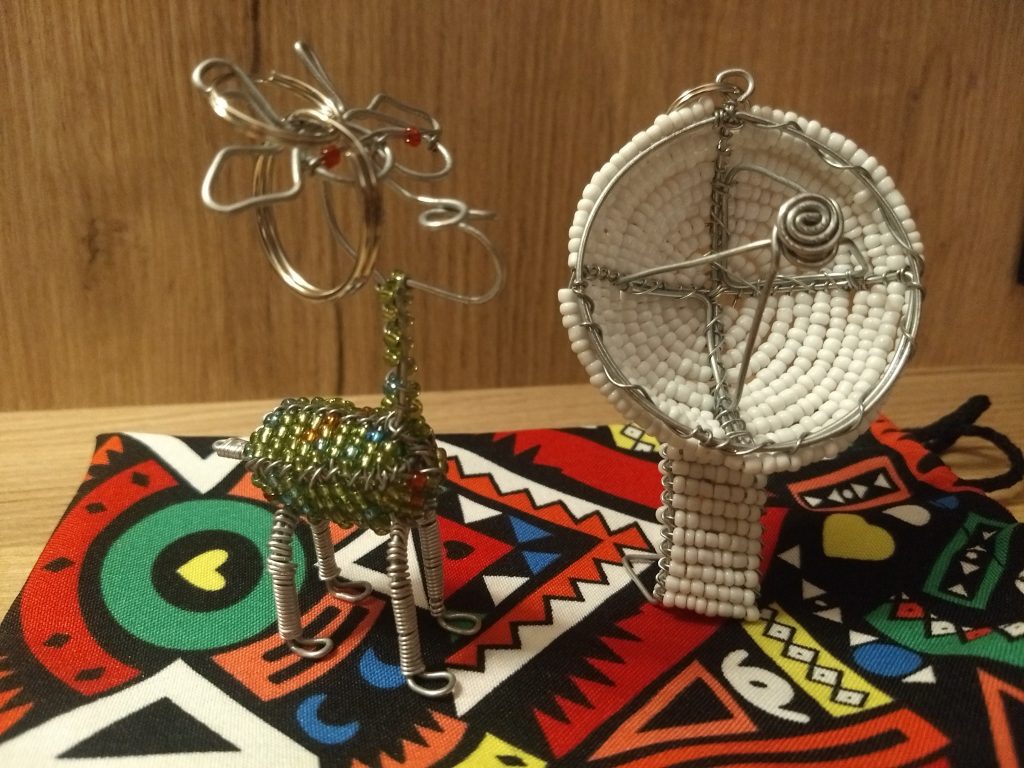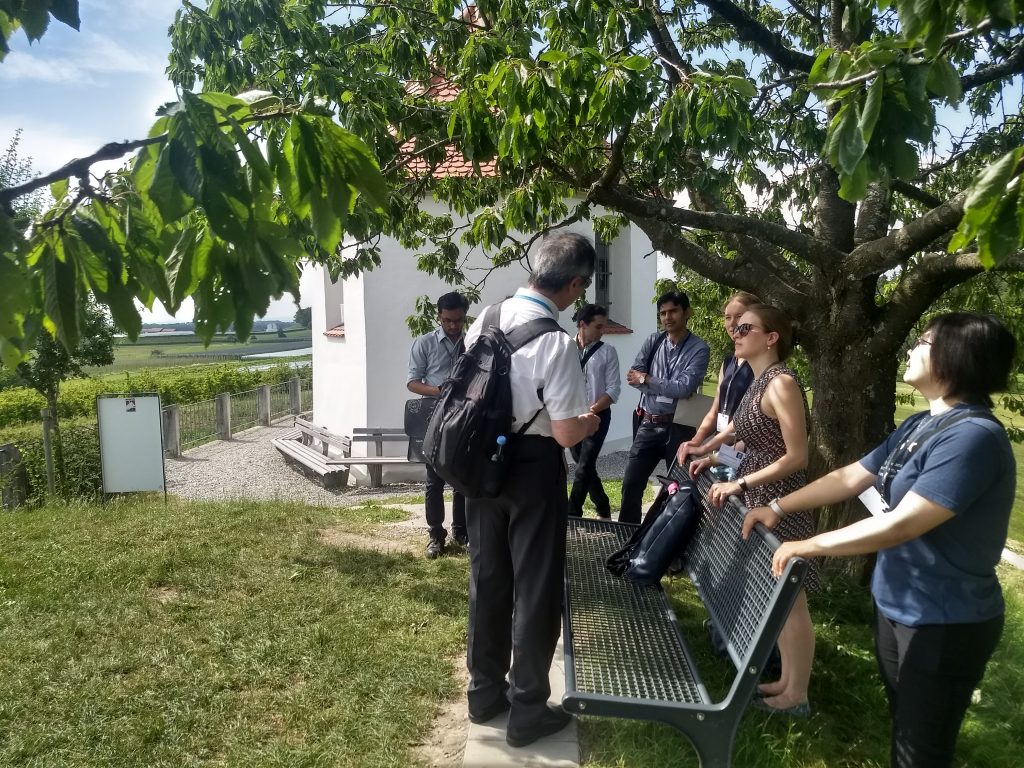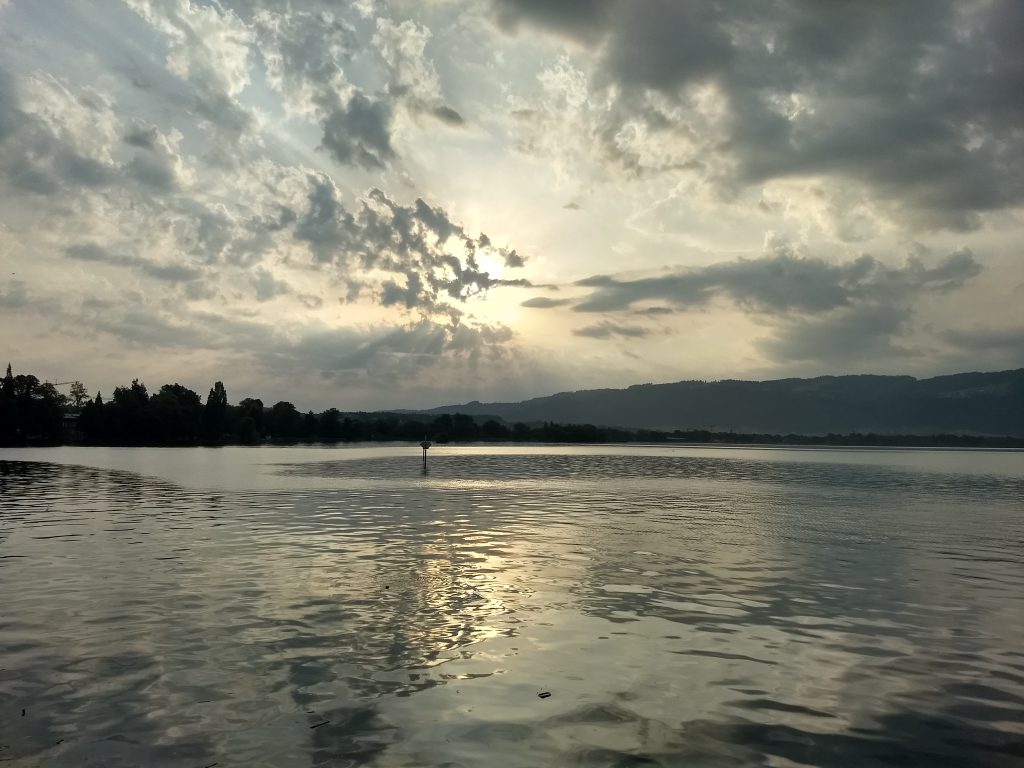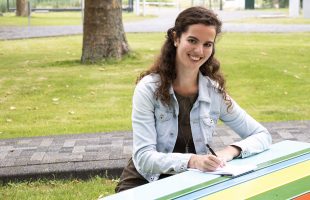I’m Philine van Vliet, a master student in Theoretical Physics at the University of Amsterdam. I am currently finishing my master thesis in the Theory group at Nikhef, about Flavour Physics and CP Violation, under the supervision of Robert Fleischer. Until the 5th of July, I’ll attend the Lindau Nobel Laureate Meeting in Physics, where 600 young physicists have an opportunity to interact with 40 Nobel laureates, to talk about science, life, and careers. I will write about my experiences in a short blog, sharing interesting physics, life-changing advice and other juicy stories. For more information about the event, photos, and recordings of the talks, see also https://www.lindau-nobel.org.
What do dancing and physics have in common? The answer can be found at the end of the blog.
It has been only two days since the Lindau Nobel Laureate meeting started, but so many interesting things have happened that I could have written multiple posts about it. Sunday afternoon, we gathered in the Inselhalle in Lindau, to get a very warm welcome from Countess Bernadotte, president of the Council for the Lindau Nobel Laureate Meetings, and to listen to Brian Schmidt. He did not yet talk about the expansion of the Universe (this he will do on Tuesday morning). Instead, he emphasized the importance of open science, the dangers of ‘alternative facts’ and ‘fake news’, and how you cannot predict what influence fundamental science can have on our society in the future. No one would have expected that quantum mechanics would lead to mobile phones, or that general relativity would give us GPS, when it was first discovered. Certainly a great way to open a week of discussions between the older and the younger generation.
Right after, we had a coaching session for the master classes. Presentation skill is something you acquire by practising a lot, so this we did for two hours. We got some tips on getting to know your audience, body language, and we presented our ‘core message’ to each other. This could only be three sentences long, but should capture the problem, the task and the results of your research, without using any jargon. It was not only helpful in deciding what it really is that you want your audience to take home, but also very interesting to get a brief description on everyone’s research. Besides the master class about Teaching in Physics by Wieman, there are masterclasses on The Transient Universe with Brian Schmidt, on Topology with Albert Fert, and on Manipulation of Individual Quantum Systems, with Haroche and Wineland. Too bad we can only see our own, but hopefully they will be recorded.
So this, together with a dinner, was only Sunday. Monday morning started with some yoga in the park. It was very, very early, but the view over the lake was great. Sadly, no Nobel Laureates joined to do the tree or mountain poses, or maybe they had their own private session? We will never know. The morning lectures were about laser physics, with talks by Donna Strickland and Gérard Mourou. Although I know almost nothing about laser physics, Donna’s talk was a great introduction. With the help of dancing photons, (‘Atoms are boring, and don’t have any personality. Photons, however, are always happy in my pictures.’) she explained how she generated high-intensity, ultra-short laser pulses during her PhD, that got her the Nobel prize last year (together with Mourou and Ashkin).
After a few other talks, it was time for a lunch with Wieman and the other young scientists giving a talk for his master class. We discussed the setup for the master class, and briefly discussed the flaws of current physics education. He’s not a great fan of ‘traditional’ lectures (‘They are, how do I say this in a politically correct way? … Terrible.’).
The best way to digest food is, so they say, by taking a walk. So small groups of young scientists got on the bus to go to some spot outside of Lindau, from where we would walk for about 30 minutes with a Nobel Laureate. We walked through the vineyards, up to a beautiful viewpoint, with Takaaki Kajita (yes, it took me several tries to pronounce his name right, too). He got the Nobel prize together with Arthur MacDonald, for the experimental evidence for neutrino oscillations, leading to the realization that neutrinos do have a mass, although the masses are expected to be around 10^10 orders of magnitude smaller than other masses in the Standard Model. Kajita was the director of Super Kamiokande, a giant neutrino detector in the Kamioka mine in Japan. When asked, he said he did not expect to win the Nobel prize at all. In fact, he was not even in his office when they called from Stockholm, so someone gave them his mobile number. Luckily, they could reach him in time, and ten minutes afterwards, the assignment of the 2015 Nobel prize was made public. He only has one piece of advice for young scientists: to enjoy physics.
Monday started early, had a very full programme (but really, you are not skipping a lecture by a Nobel Laureate), and ended late, but great. The evening was organized by South Africa, which recently joined the Square Kilometer Array collaboration with the MeerKAT telescope. There was a great musical performance, so dinner was interrupted frequently to dance, not only by us but also by the Nobel Laureates. Especially Gérard Mourou stole the show with his amazing moves. Which brings me to the answer for the question at the beginning: apparently, if you have a Nobel Prize, you are pretty good at both!



